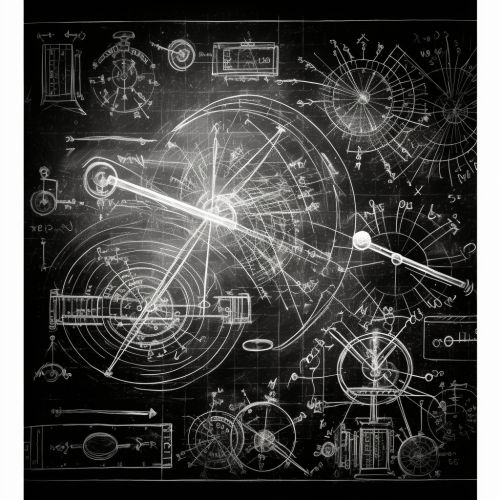Mathematical Model
Introduction
A mathematical model is a description of a system using mathematical concepts and language. The process of developing a mathematical model is termed mathematical modeling. Mathematical models are used in the natural sciences (such as physics, biology, earth science, meteorology) and engineering disciplines (such as computer science, artificial intelligence), as well as in the social sciences (such as economics, psychology, sociology, and political science).


Mathematical Modeling
Mathematical modeling uses tools and techniques from mathematics to analyze and predict the behavior of real systems. Models can be classified in several different ways, including linear versus nonlinear, static versus dynamic, deterministic versus stochastic, and discrete versus continuous. Each of these classifications involves different mathematical techniques and methods.
Linear and Nonlinear Models
Linear models are those where the output is directly proportional to the input. Nonlinear models, on the other hand, have outputs that are not directly proportional to the inputs. Nonlinear models can be more difficult to analyze and solve than linear models, but they can also provide a more accurate representation of complex systems.
Static and Dynamic Models
Static models represent systems at a specific point in time, while dynamic models represent systems over time. Dynamic models often involve differential equations or difference equations.
Deterministic and Stochastic Models
Deterministic models assume that the outcome of an event is determined by the input conditions and parameters. Stochastic models, on the other hand, incorporate randomness and uncertainty into the model. Stochastic models often involve probability distributions and statistical analysis.
Discrete and Continuous Models
Discrete models represent systems where the variables can only take on a finite number of values. Continuous models represent systems where the variables can take on any value within a certain range. Discrete models often involve integer values and combinatorial mathematics, while continuous models often involve real numbers and calculus.
Applications of Mathematical Models
Mathematical models are used in a wide variety of fields and disciplines. In the natural sciences, mathematical models are used to predict the behavior of physical systems, such as the motion of planets or the spread of diseases. In engineering, mathematical models are used to design and optimize systems, such as computer networks or manufacturing processes. In the social sciences, mathematical models are used to analyze and predict human behavior, such as voting patterns or economic trends.
Conclusion
Mathematical modeling is a powerful tool for understanding and predicting the behavior of complex systems. By using mathematical concepts and techniques, researchers can develop models that accurately represent real-world systems and use these models to make predictions and inform decision-making processes.
